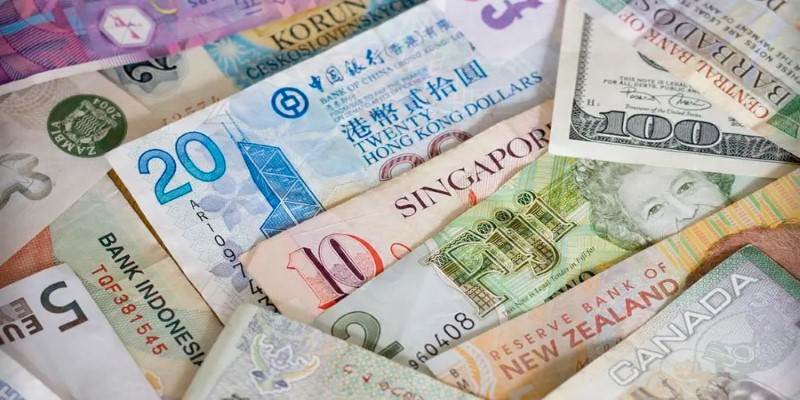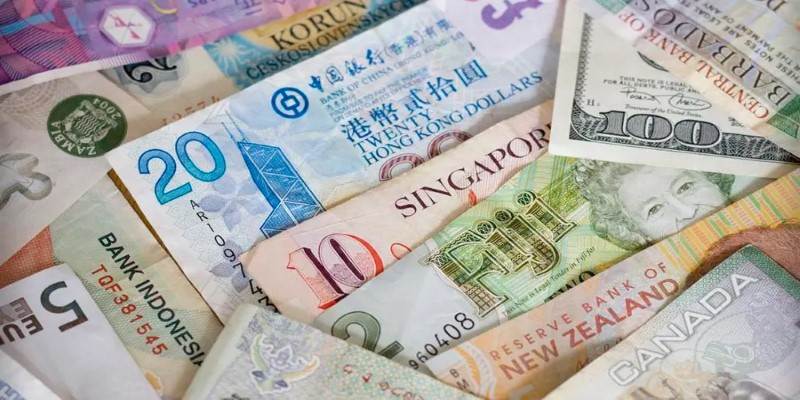Understanding the Asian Currency Unit: Its Role, Impact, and Future
Undoubtedly, the Asian Currency Unit can be regarded as an ambitious dream for one unified currency system in a region as big and diversified as Asia. Meanwhile, ACU acts like a financial bridge for that big continent, which is not a material currency; rather, ACU is a very strong tool for measuring and managing the economic relations between the countries of Asia. This article discusses what the ACU actually is, how it works, and its impact on the Asian financial market. So, with that said, let's get on to exploring it without any further ado!

What is the Asian Currency Unit?
The Asian Currency Unit is, therefore, the Asian version of a basket of currencies, structured in an almost identical way to the European Currency Unit, which, in fact, was a precursor to the euro. In contrast to a physical currency, however, the ACU is an account of unit-a conceptual currency whose value is derived from a series of key Asian currencies. This basket of currency is supposed to reflect the average value of participant Asian currencies, which might stabilize trade and finance activities in this region.
The ACU is not meant to execute day-to-day transactions but as a reference currency in financial settlements, where it can further facilitate the quantification of trade flows and economic activity. It is a weighted average of selected currencies from key Asian economies, and hence, its value depends on how these currencies perform. Based on the ACU, Asia aims to design a more resilient currency system that depends less on the US dollar, focusing on all ramifications of world finance.
How Does the ACU Work?
The ACU works by compiling the weighted average of participating Asian currencies, making it an effective tool for analyzing currency movements in the region. This setup helps create a balance between stronger and weaker economies, promoting regional stability. The ACU’s value reflects the combined performance of currencies like the Japanese yen, Chinese yuan, and South Korean won, among others. Each currency’s weight in the ACU is proportional to its economic size and significance within the region, meaning more influential economies have a larger impact on the unit’s overall value.
By utilizing the ACU, businesses, and governments can reference a standard measurement that considers the diverse economic strengths of Asian countries. For example, suppose an Asian company wishes to compare its export or import prices across different markets. In that case, it can refer to the ACU rather than converting prices through the US dollar. This can reduce exchange rate fluctuations and provide a more accurate representation of trade values. The ACU, in essence, acts as a stabilizing index that absorbs individual currency volatility, offering a clearer picture of economic health across Asia.
The Impact of the ACU on the Asian Financial System

The ACU has significant implications for the Asian financial system, as it promotes a degree of financial independence and regional resilience. By reducing reliance on the US dollar for intra-Asian transactions, the ACU encourages greater regional economic integration. This is particularly important in an era where currency volatility, influenced by global events, can destabilize economies. Through the ACU, Asian countries can mitigate such risks and encourage investments that are less vulnerable to external financial pressures.
Furthermore, the ACU can be instrumental in attracting international investors. By having a currency reference that reflects regional economic stability, the Asian financial market appears more appealing, particularly to those wary of currency volatility. The ACU can also support regional initiatives that require a consistent and reliable currency reference. For example, multinational projects such as infrastructure development can benefit from a stable currency index like the ACU, which reduces the unpredictability of currency exchange.
However, the ACU’s impact is largely theoretical, as it hasn’t been widely adopted for day-to-day transactions. Its influence is primarily seen in the academic and policy spheres, where economists and policymakers view it as a promising tool for fostering regional cooperation. Still, the ACU has the potential to strengthen the Asian financial system, promoting more unity and less dependency on non-Asian currencies.
The Future of the ACU and Regional Economic Stability

The future of the Asian Currency Unit is filled with possibilities, especially as Asia grows in economic power and influence on the global stage. The ACU has the potential to evolve into a widely accepted benchmark for regional economic health, much like how the ECU eventually led to the creation of the euro. If Asian countries continue to work toward economic integration, the ACU could serve as a precursor to a more formalized regional currency system, fostering deeper economic ties and stability.
However, this progression depends on several factors, including Asian countries' willingness to balance national interests with regional cooperation. In an era where economic shocks can reverberate globally, having a stable regional currency unit like the ACU could help Asia cushion against external financial disruptions. As more Asian economies mature and stabilize, the ACU's role might expand beyond a conceptual tool to a tangible asset that supports Asia's economic ambitions.
Final Thoughts: The ACU’s Role in Asia’s Financial Future
The Asian Currency Unit is more than a theoretical construct; it represents a vision for a more integrated and stable Asia. By using the ACU as a reference, Asian economies signal their desire for a financial system that respects regional diversity yet values collective resilience. Whether the ACU evolves into a practical tool or remains a stabilizing metric, it will continue to inspire discussions about Asia’s place in the global financial order. The ACU might not be a physical currency, but its influence can be felt across policies, economic models, and long-term financial strategies in the region.












